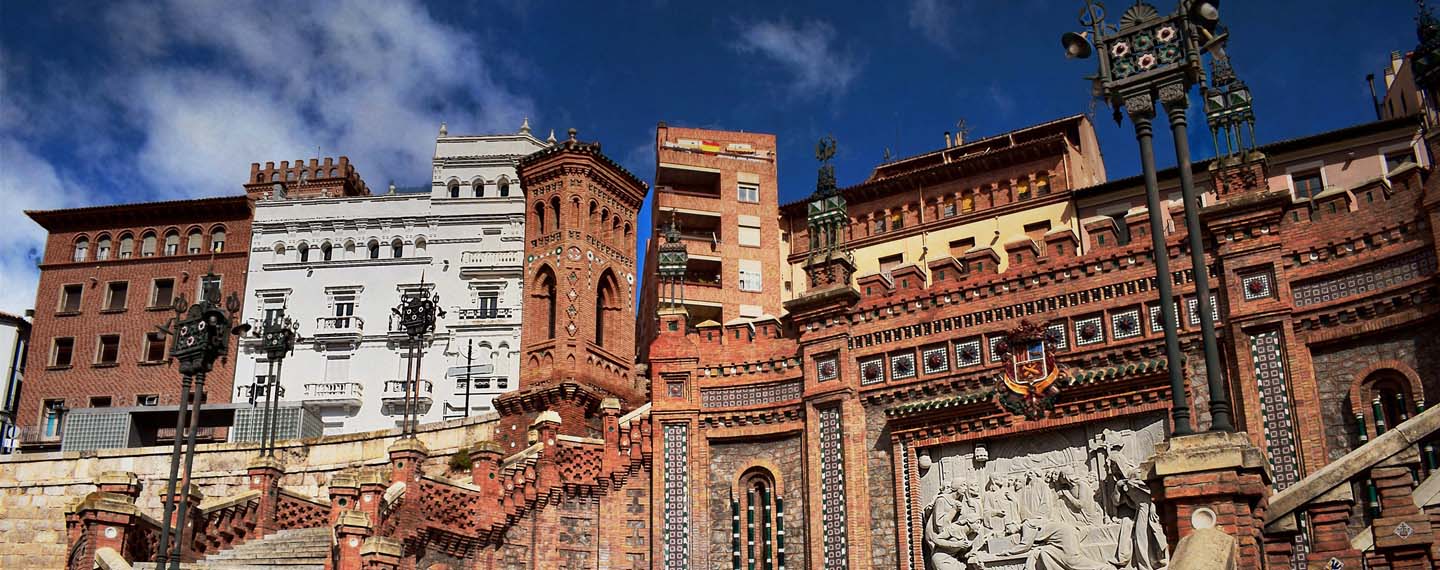Coming to terms with a tragic and bloody past makes great demands on any country, particularly one like Spain, which experienced a three-year civil war in the 1930s followed by a dictatorship imposed by the victors until 1975, when General Franco died and the country transitioned to democracy.
Whereas there is little argument over who is the common enemy when a country goes to war against another nation, this is not the case in a civil war that pits neighbours against one another and sometimes families, and where the narrative of why and what happened is monopolised by the winning side. A civil war is the worst kind of conflict as it leaves the deepest and longest scars, which, for decades, pass from one generation to the next. Peace is not born after a civil war ends: Franco’s opponents called his decades of ‘peace’ the ‘peace of the cemeteries’.
More than 80 years after the end of Spain’s Civil War, politicians of all colours are still arguing about what caused the conflict that left over 200,000 dead on the battle fronts, a similar number murdered extrajudicially or executed after flimsy legal process on both sides and forced 250,000 on the losing Republican side to go into permanent exile.
By almost common consent among historians, the war was triggered in July 1936 by Franco’s military coup against the democratically elected and hence legitimate Republican government. Spain’s Second Republic was declared in April 1931 after Alfonso XIII voluntarily went into exile, following the results of municipal elections that, in Alfonso’s words, ‘have shown me that I no longer enjoy the love of my people’.
Last year Pablo Casado, the leader of the conservative Popular Party (PP), provoked the wrath of the Socialist-led minority coalition government when he told Congress the civil war ‘was a confrontation between those who wanted democracy without law and those who wanted law without democracy’.
The PP opposes the government’s Democratic Memory Law (DML), which builds upon the 2007 Historic Memory Law of the previous Socialist government and is painfully going through parliament in the face of 500 amendments. Among other things, it would turn the site of Franco’s former mausoleum into a civil cemetery, ban organisations that glorify the dictator and promote more actively the search and exhumations of victims buried in mass graves. Between 2000 and 2019, before the DML came into force, 800 common graves were discovered and dug up and the remains of close to 10,000 victims recovered.
Franco was also exhumed and removed from the grandiose Valley of the Fallen in 2018, a monument to his victory, partly built by prisoners, that inspires fear and not reconciliation and should be turned into a museum that explains the Valley’s history. ‘A dictator can’t have a state tomb in a consolidated democracy like Spain’s’, Carmen Calvo, the former Socialist Deputy Prime Minister, said at the time.
Casado has vowed to repeal the DML if the PP wins the next election, not due until the end of 2023. For the right, the historical memory movement stirs up division and recrimination, while for the hard-left Unidas Podemos, the government’s junior partner, and the Catalan and Basque parties it does not go far enough. Their demands include a repeal of the 1977 Amnesty Law, which shielded former Franco officials and members of the Basque terrorist organisation ETA from criminal prosecution.
Santiago Abascal, the leader of the hard-right VOX, went further than Casado: he said in a parliamentary debate last year that the present government was ‘the worst for the past 80 years’, implying Franco’s dictatorship was better.
This is the vitriolic background against which work will begin this year on creating in the city of Teruel (population 35,000), way off the tourist trail, the first national museum on the conflict, at a cost of €6 million.
The Civil War is Spain’s main military conflict since the Carlist (civil) wars in the 19th century and the Spanish-American war of 1898. The country was neutral throughout World War One and non-belligerent in World War Two, though Franco supported the Axis powers and sent the Blue Division to fight on the Eastern Front.
The museum initiative comes from the Socialist regional government of Aragón and not the national government. There are small museums dotted around Spain, including one in the Aragonese village of Robres, close to where George Orwell fought on the Republican side, dedicated to individual battles or exiles. The Army Museum at the Alcázar fortress in Toledo includes a section on the siege to which it was subjected during the Civil War by Franco’s forces, but nothing on a national scale that covers both sides of the war. The Basque government opened last year a memorial centre in Vitoria to the victims of all terrorisms and not just those killed by the terrorist group ETA between 1968 and 2010.
One reason for locating the museum in Teruel is because of its links to one of the key battles, fought during a harsh winter when temperatures plunged to -20ºC. It will also help put Teruel on the map: the province of the same name has long felt abandoned by successive central governments, so much so that a movement called Teruel Existe (Teruel Exists), founded in 1999, became a political party and won one seat in Congress in the 2019 general election and two in the Senate.
While Spain has been slow to face up to the recent past, compared with, for example, Germany (the German Historical Museum in Berlin even has a section on the bombing of Guernica during Spain’s Civil War by the Luftwaffe), it is not alone in taking time to address past conflicts (see Figure 1). The 1861-65 American Civil War Museum (formed from the merger of the American Civil War Centre and the Museum of the Confederacy) was established during the Obama Administration in 2013 –like Spain, the US is dealing with a civil war, though one far more distant–.
| Name | Country | Year inaugurated |
|---|---|---|
| Les Invalides | France | 1687 |
| Museum of Military History | Austria | 1869 |
| Imperial War Museum | UK | 1917 |
| Royal Museum of the Armed Forces and Military History | Belgium | 1923 |
| National WWI Museum and Memorial | US | 1926 |
| Hiroshima Peace Memorial Museum | Japan | 1955 |
| Dutch Resistance Museum | Netherlands | 1984 |
| Museum of the Great Patriotic War | Russia | 1995 |
| Kigali Genocide Memorial | Ruanda | 2004 |
| Memorial to the Murdered Jews of Europe | Germany | 2005 |
| Museum of Crimes against Humanity and Genocide, 1992-95 | Bosnia | 2016 |
Spain might be a laggard in commemorating its conflict, but there has been no shortage of books about it. More than 40,000 books are estimated to have been published, about half the number on the much broader Second World War, some of them confined to very localised aspects.
Spain’s successful but not defect-free transition to democracy was engineered by a pact between the reformist right within the Franco regime and the non-violent left opposition. There was no complete and clean break with Francoism. Consensus, after so polarised a past, was very much the watchword, epitomised by the Pacto de Olvido (Pact of Forgetting), an unspoken and unwritten agreement between political elites to look ahead and not rake over the past, and the 1977 Amnesty. In 2025 the 1978 Constitution will be the longest lasting constitution since the one in force between 1876 and 1923.
After Franco’s death there was nothing resembling a Truth and Reconciliation Commission along the lines, for example, of the one Chile set up shortly after the end of the dictatorship of Augusto Pinochet (an ardent admirer of the dictator) in 1990, although only now is a new constitution being written in that country.
There is no one-size-fits-all for democratic transitions and nor is there a consensus on what coming to terms with the past entails. Spain took a pragmatic approach, and it worked. The proof is that Spain’s democracy today is the first to enjoy a significant degree of stability in the country’s turbulent history. This is perhaps the best condemnation of Franco, who believed that Spaniards were incapable of co-existing in a democracy.
A lot has changed in the past 47 years. Spain has consolidated its democracy, and those who fought in the Civil War or were children at the time account today for a fraction of the population. It is the grandchildren of the Civil War generation who are moving the memory and museum issues.
The challenge now is to craft a narrative for the museum, written by historians and not politicians, which gives the Republican and Nationalist sides of the story under the same roof and leaves visitors to make up their own minds. The novelist Arturo Pérez-Reverte managed this in his illustrated book, La Guerra Civil contada a los jóvenes, published in 2015, which explains the immensely complex conflict –which was far from a simplistic struggle between good and evil– for teenagers.
Building the museum will be a cinch compared to drawing up a text acceptable to as many people as possible, although there will always be dissenters.
Image: La Escalinata del Óvalo in Teruel, Spain. Photo: Jocelyn Erskine-Kellie (CC BY-SA 2.0).



